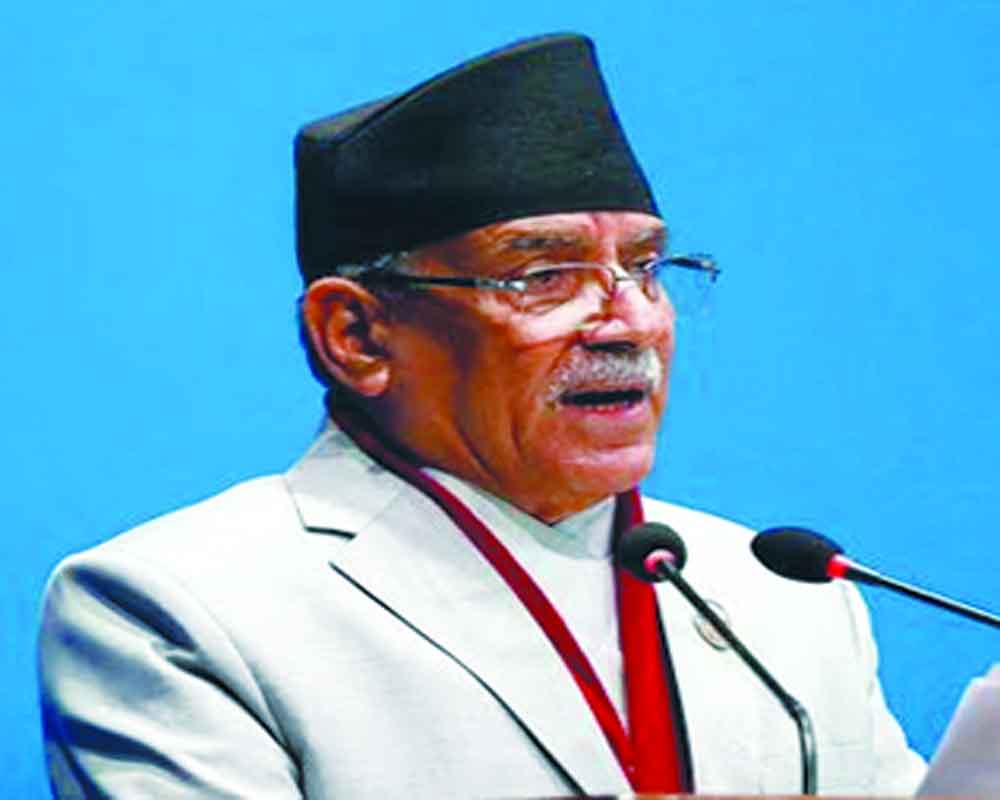Nepal is flexing its muscles by depicting Indian territories on its currency notes
In a recent development that has stirred regional tensions, Nepal has included certain disputed territories in its new currency notes. The move not only challenges India’s sovereignty claims but also signals a significant alignment shift towards its northern neighbour, China. This seemingly innocuous act of updating currency notes has escalated into a diplomatic standoff and the growing influence of external powers in the region. The inclusion of the disputed territories, namely Lipulekh, Kalapani and Limpiyadhura, has sparked outrage in India, with officials condemning Nepal’s actions as a violation of bilateral agreements and provocative steps that can further deteriorate the relations between the two countries. India has urged Nepal to respect sovereignty, return to dialogue and refrain from unjustified assertions. Earlierm the relationship between New Delhi and Kathmandu became strained following Nepal’s release of a political map in mid-May 2020, which incorporated territories like Lipulekh, Kalapani and Limpiyadhura, previously depicted in India’s November 2019 map. At the heart of the dispute lies historical ambiguity and differing interpretations of border demarcations. While Nepal claims that the territories rightfully belong to it based on historical treaties and cartographic evidence, India maintains control over these regions, citing its historical precedents and strategic imperatives. The dispute has simmered for decades, occasionally flaring up but never fully resolved.
The present move by Nepal has a lot to do with its new political leadership which is deliberately leveraging its proximity with China to browbeat India. Besides, many other issues have also cropped up which have been a cause of concern for Kathmandu. India’s Agniveer policy has also not gone down well with Nepal. What makes Nepal’s move particularly noteworthy is its perceived alignment with China. Over the past few years, Nepal-China relations have strengthened considerably, fuelled by mutual economic interests and strategic cooperation. China has invested heavily in Nepal’s infrastructure projects, including roads and telecommunications networks, enhancing connectivity between the two countries. Furthermore, Nepal’s participation in China’s Belt and Road Initiative (BRI) has deepened its economic dependence on Beijing, providing an alternative to traditional ties with India. Against this backdrop, Nepal’s decision to incorporate disputed territories in its currency notes could be interpreted as a strategic gesture signalling its independence from Indian influence. It is indeed a reason to set off alarm bells in New Delhi and it should take some immediate steps to stop the drifting away of Nepal and becoming part of Chinese hegemony. It would be India’s loss if Nepal also walked the Maldives’ path. It is time to leverage historical India-Nepal ties and convince the new leadership that China is only going to use Nepal and suck it dry as it did many other nations.


























